Estimated reading time: 7 minutes
The bee population in the U.S. is in peril. According to the Pollinator Partnership, the U.S. has lost more than half of its managed honeybee colonies over the past decade.
Although the reasons for this sharp decline are not fully understood, scientists believe contributing factors include increased exposure to pesticides, parasites, diseases, habitat loss, and a reduction of plant diversity.
A significantly reduced bee population is a problem for all of us because our food supply depends on bees. In fact, more than 150 crops grown in this country rely on pollinators. On the list of pollinator-dependent crops are apples, blueberries, almonds, melons, citrus fruits, pears, pumpkins, and plums. Pollinators also help plants that feed livestock and plants that produce fiber, such as cotton.
Fortunately, there are many steps you as a gardener can take to help increase the food supply for bees and improve their habitat. Most of these are not only easy to do, but they will bring benefits to your garden as well.
Want to save this post for later? Click Here to Pin It On Pinterest!
1. Avoid Pesticides
Although pesticides can get rid of unwanted pests in a hurry, they also can harm helpful organisms. Try natural means of preventing pests, such as the use of ladybugs and herbs, that do not kill bees.
2. Offer Shelter and Shade
Like other living things, bees are affected by too much sun and heat. Adding leafy plants, such as coleus, to your garden can offer bees a place to cool off and rest. Piles of grass cuttings or a decomposing log can also provide a safe harbor for bees.
3. Provide Water
Yes, bees get thirsty too. Try placing shallow dishes of water in and around your garden so bees can rehydrate. Better yet, consider adding a fountain, water garden, or birdbath they can use to get a quick drink.
4. Plant Bee-friendly Plants
Bee balm (Monarda) is a hardy and attractive perennial that attracts bees. Other plants and flowers that bees like include:
- Alyssum
- Agastache (anise hyssop)
- Asclepias (butterfly weed)
- Aster
- Bachelor's buttons (Centaurea)
- Blackberry/raspberry (Rubus)
- Calendula
- California lilac (Ceanothus)
- Cotoneaster
- Echinacea (coneflower)
- English daisy (Bellis Perennia)
- Geranium (cranesbill)
- Heather (Calluna)
- Lavender (Lavendula)
- Lily of the valley (Peieris)
- Mint (Mentha)
- Oregano (Origanum Vulgare)
- Papaver (poppies)
- Purple toadflax (Linaria Purpurea)
- Rhododendron
- Rosemary (Rosmarinus)
- Rudbeckia (black-eyed Susan)
- Thyme (Thymus)
- White clover (Trifolium Repens)
- Yellow mustard (Brassica)
5. Include Plenty of Color
Did you know that bees are attracted to color? They especially like blue, purple and yellow plants and flowers, so be sure to add plants in those shades to your garden.
6. Grow Tubular Flowers
Bees are naturally drawn to flowers with tubular shapes because these blooms hold ample nectar deep inside. Plants like foxglove, penstemon, honeysuckle, and columbine provide a rich food source for long-tongued bees like bumblebees.
By adding a mix of tubular flowers to your garden, you’ll attract different species of bees and increase overall pollination activity.
7. Use Flowering Fruits and Vegetables
You can attract bees to your veggie garden as well as your flower garden by planting flowering vegetables, such as zucchini, and flowering fruits, such as strawberries.
8. Plant Single Petal Flowers
Bees like to keep things simple. It is difficult for them to reach the inner flower parts of double flowers, such as peonies. They have the best success feeding from flat and single petal flowers like black-eyed Susan’s or Queen Ann’s Lace.
9. Go Native
Scientists believe there is a correlation between declining bee populations and declining native plants. It only makes sense that bees are most familiar with native plants in your area. Research plants and wildflowers that are native to your area and add some to your landscape.
10. Stagger Blooming Times
Give bees places to feed all spring and summer long by planting flowers that bloom at different times throughout the growing season. Another way to attract bees is to plant shrubs, plants, and flowers of various heights with a wide range of flower sizes and shapes.
11. Attract Then With Perennials
Get more bang with your buck by planting bee-friendly perennials in your garden. In addition to bee balm, try coneflower, poppies, butterfly weed and lilies. Here’s a bee-friendly seed mix to consider.
12. Let Herbs Flower
Many gardeners grow herbs for cooking, but did you know that allowing some of your herbs to flower can provide an excellent food source for bees? Plants like thyme, oregano, basil, and cilantro produce small but highly attractive blooms that bees love.
Instead of harvesting all your herbs, let a few go to seed so they can offer nectar and pollen throughout the season. Bonus: You’ll also get free seeds for next year’s planting!
13. Build a Bee Box
You can give bees a warm and safe home by constructing a simple bee box on your property. Here are instructions and here is a helpful video:
14. Create a Wildflower Meadow
Bees thrive in environments that mimic their natural habitat, and a wildflower meadow is as close as it gets. Dedicating a part of your garden to wildflowers provides bees with a rich source of nectar and pollen, plus it adds a splash of color to your yard.
Choose a mix of wildflowers that are native to your area to ensure they flourish. This low-maintenance strategy will support a wide range of pollinators throughout the season.
15. Practice Seasonal Gardening
To keep bees coming to your garden all year, consider planting a selection of plants that bloom in early spring through late fall. Early bloomers, such as crocus, snowdrop, and witch hazel, provide much-needed nectar and pollen for bees emerging from hibernation.
Late bloomers, like goldenrod and aster, offer vital resources for bees to stock up on before winter. This approach ensures your garden offers a continuous food supply, supporting bees throughout the year.
16. Employ Companion Planting
Companion planting is a method that can significantly benefit both your plants and the bees visiting your garden. By pairing certain plants together, you can repel pests, improve pollination, and enhance the overall productivity of your garden without resorting to harmful chemicals.
For example, planting basil near tomatoes not only improves the flavor of the tomatoes but also attracts bees thanks to basil's fragrant flowers. Similarly, marigolds, with can draw in bees while deterring pests that might harm nearby vegetables. This strategy creates a diverse ecosystem where bees can thrive, ensuring your garden is a bustling hub of pollination activity.
17. Treat Bees With Care
Many people confuse bees with annoying wasps that come after your food and drink on a picnic. Here is an interesting Smithsonian Channel video that discusses the difference between the species.
Most of the time, bees are content to mind their own business and are, in fact, quite docile. Teach your kids to respect bees and to leave them alone as they buzz around your garden.
18. Reduce Lawn Size
Traditional lawns offer little to no benefit for pollinators. By replacing some of your turf grass with flowering ground covers like clover, creeping thyme, or self-heal, you’ll provide bees with a valuable food source.
Even mowing less frequently can make a difference—allowing dandelions and other wildflowers to bloom before cutting them down gives bees an extra boost of nectar. A bee-friendly yard doesn’t have to be high-maintenance; just a few small changes can make a big impact!
Final thoughts
Another way you can help the dwindling bee population is by raising some of your own. With a honeybee hive, you can enjoy your own home-grown honey and beeswax and possibly have an additional source of income as well.
Here are some resources to help you decide if beekeeping is right for you and your family.
- Beekeeping 101: Why Raise Honeybees?
- How to Raise Honeybees: A Beginner's Guide
- How to Raise Backyard Honey Bees
- How to Keep Bees and Sell Honey
People who keep bees are usually quite passionate about their work, so another idea is to check out local beekeeper clubs in your area. Here’s how.
Like this post? Don't Forget to Pin It On Pinterest!
You May Also Like:

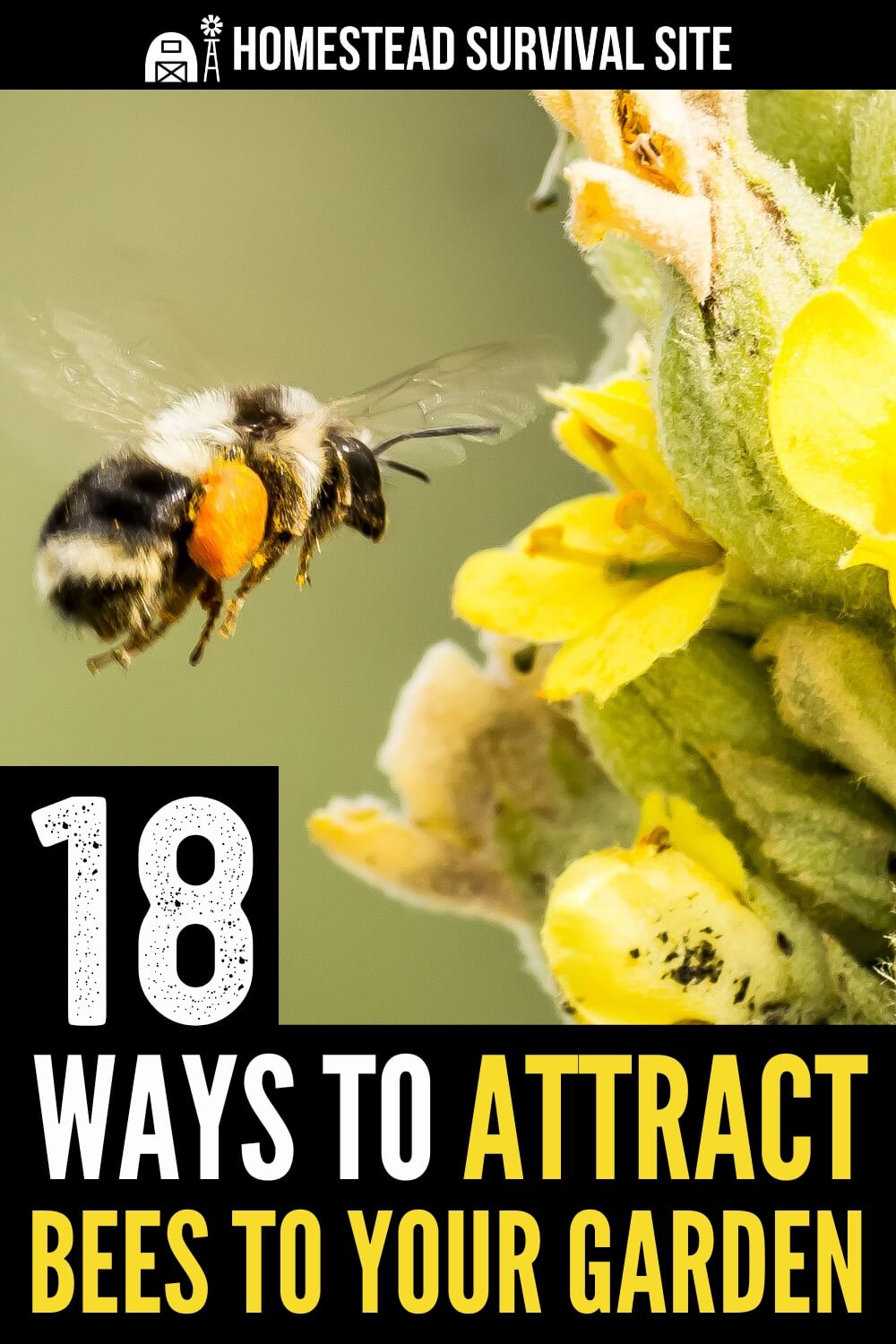


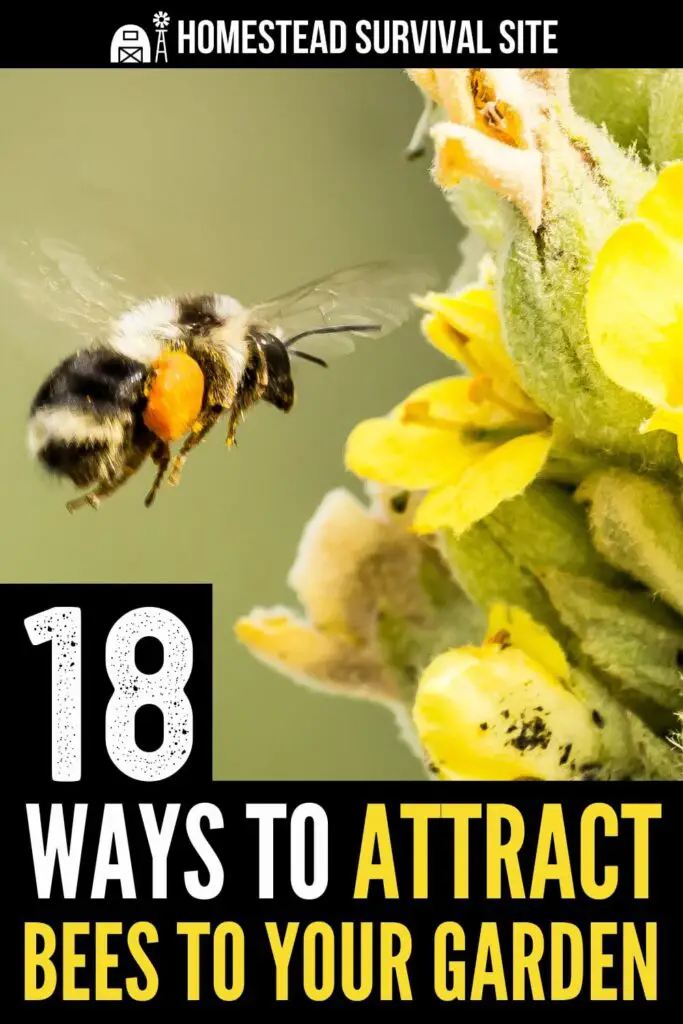

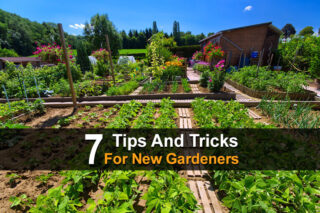
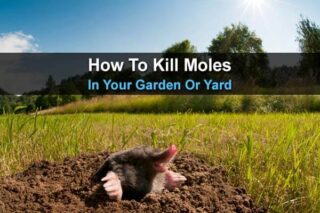
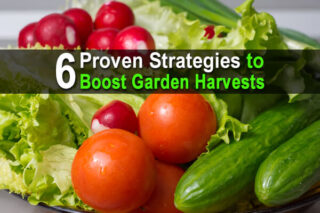

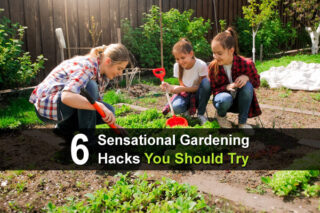
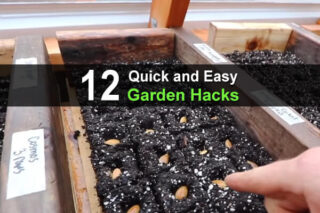

I like that you suggest planting bee-friendly plants in your garden. My parents have been looking for ways to get more bees around their house to pollinate more. I will send them this information so they can make sure to find a way to get seed packets online to plant things that bees like. vermontwildflowerfarm.com
On the list of bee friendly plants. Don’t forget chives. Bees love the flower and the flowers appear all summer and you dehydrate the herb too.
I grow most of the things to attract pollinators because they are pretty, and flavorful and I love honey. I’ve asked my son to set up a hive here in the area of the young orchard I’ve set out and the new garden I’m working on.
Is there a way to catch a swarm? That is to find and remove a swarm into a hive?
Is there a way to attract a “freelance” swarm to a hive?
Jay.
Yes, there are a number of ways to catch a swarm. I am in the process of picking one up tomorrow or the next day. I caught it in what is known as a “swarm trap”. A modified bee box that I made out of scrap lumber. There are also commercially made traps available, and then a number of videos on how to remove a swarm. Have fun, be careful.
As a beekeeper, one of the first things I recommend to someone who asks me about starting beekeeping is to look for a beekeeping club and then a beginners class. Yes, you can learn by reading or watching videos, but “hands-on” with someone who has been keeping bees for a while and possibly willing to mentor is invaluable. If that is not possible, then go for the books and videos. Just be advised that there are lots of good videos and also lots of bad videos. There are enough videos available to beginners and beyond that do not ask for money. “Caveat emptor’, is a Latin phrase that is translated as “let the buyer beware.” Good luck.